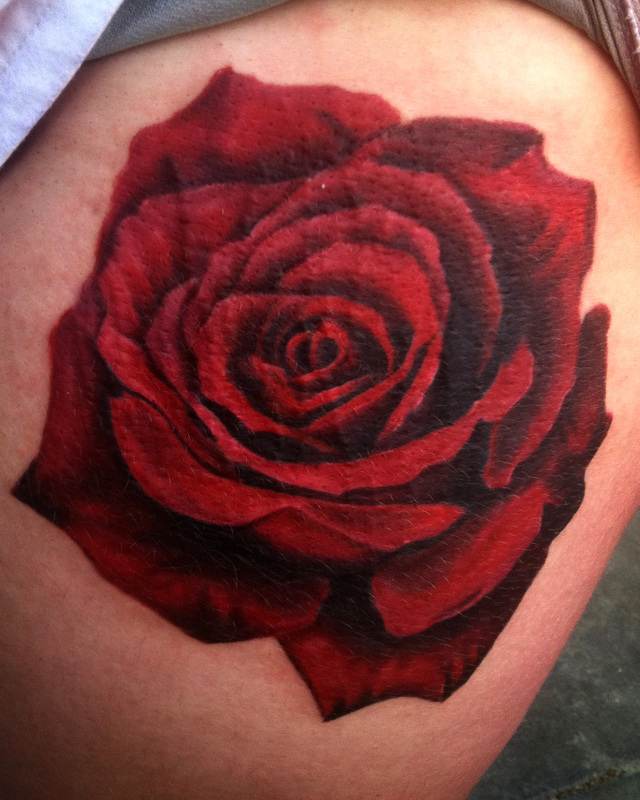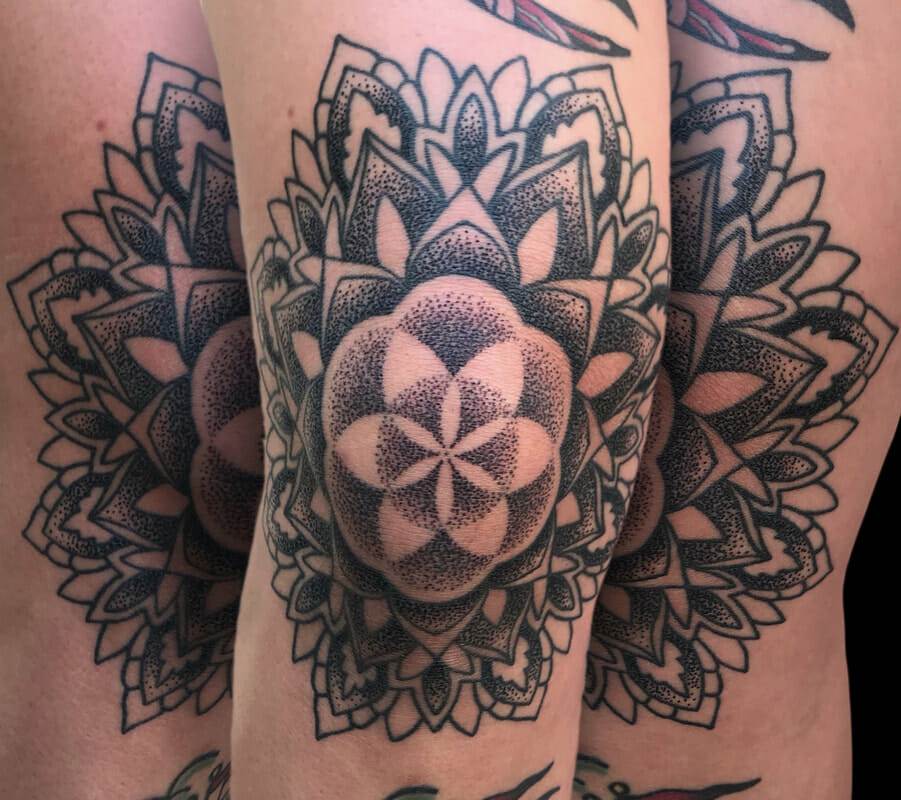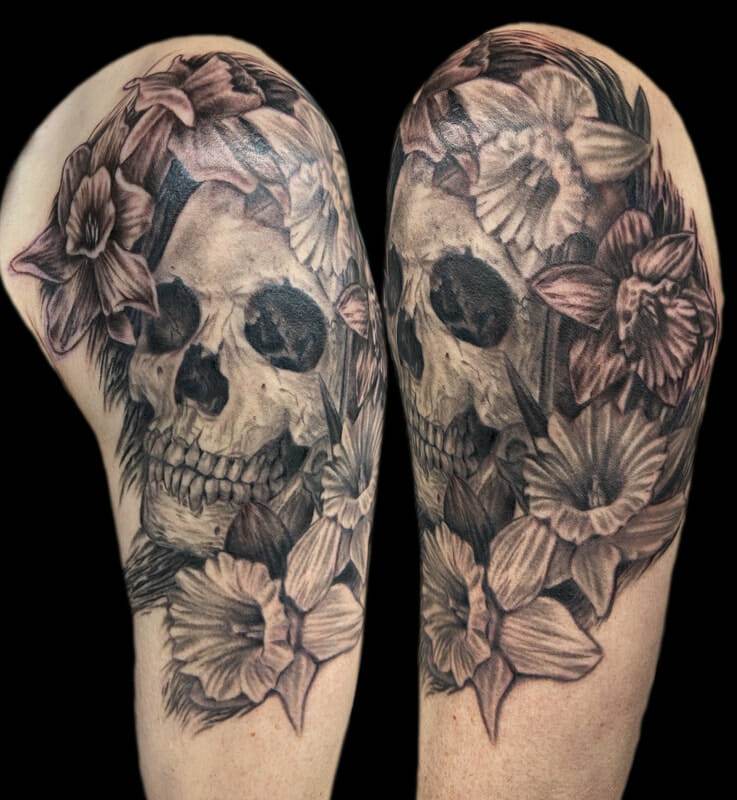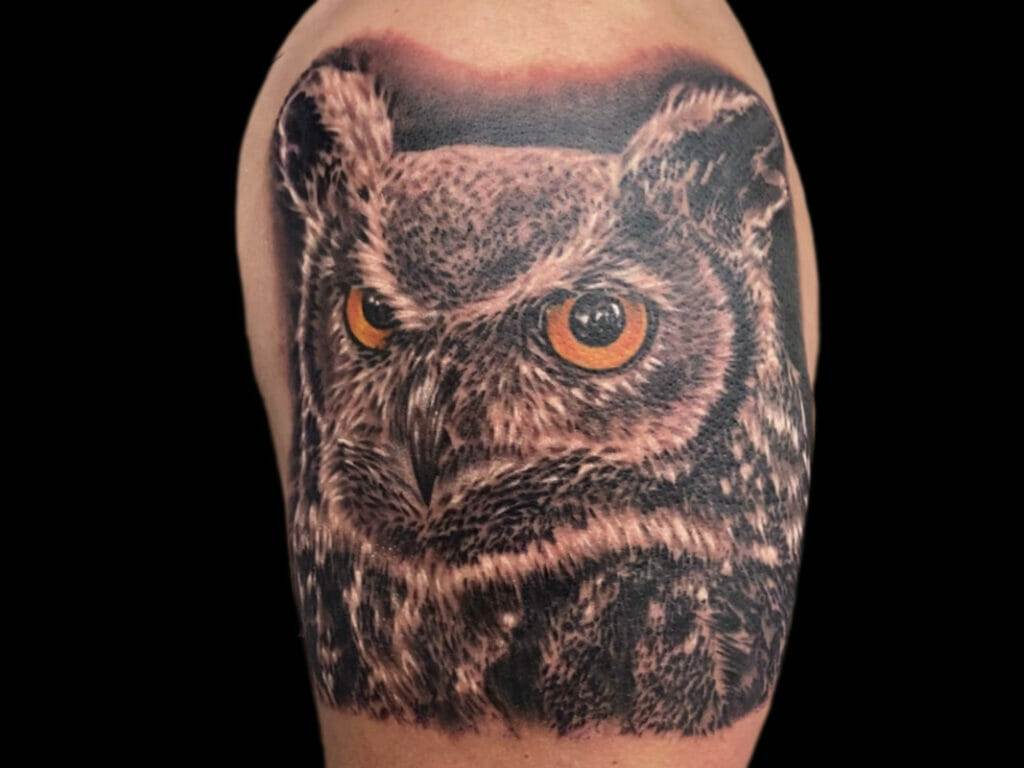Tattooing has a rich and diverse history that spans across cultures and centuries. The practice of tattooing can be traced back thousands of years, with evidence of tattoos found on mummies from ancient Egypt and preserved skin from ancient China. Tattoos have served various purposes throughout history, including cultural identification, spiritual beliefs, and personal expression.
Today, tattoos have become a popular form of self-expression and art. People choose to get tattoos to commemorate important events, honor loved ones, or simply to showcase their individuality. Tattoos have evolved from simple designs to intricate works of art, with advancements in tattooing techniques and equipment allowing for more detailed and realistic designs.
Choosing the Right Design for a Lasting Memory
When choosing a tattoo design, there are several factors to consider. First and foremost, it is important to choose a design that holds personal meaning and significance. This could be a symbol that represents something important to you, a quote that resonates with your values, or an image that reminds you of a special memory.
It is also important to consider the size and placement of the tattoo. Larger designs may require more space and may be better suited for areas such as the back or thigh, while smaller designs can be placed on areas such as the wrist or ankle. Additionally, it is important to choose a design that will age well over time and still hold meaning for you in the future.
Creating a meaningful and unique tattoo design can be a collaborative process between you and your tattoo artist. They can help bring your ideas to life and offer suggestions based on their expertise. It is important to communicate openly with your artist about your vision for the tattoo and any specific elements you want to include.
Preparing for the Tattooing Process
Preparing mentally and physically for a tattoo can help ensure a smoother and more comfortable experience. It is important to be well-rested and hydrated before getting a tattoo, as this can help with pain tolerance and overall well-being during the process. Avoiding alcohol and drugs before getting a tattoo is also recommended, as they can thin the blood and increase bleeding.
Mentally preparing for a tattoo involves understanding the level of pain associated with the process. While everyone’s pain tolerance is different, it is important to be aware that getting a tattoo can be uncomfortable or even painful at times. However, many people find the experience to be manageable and even therapeutic.
During the tattooing process, it is important to communicate openly with your artist about any discomfort or pain you may be experiencing. They can make adjustments as needed, such as taking breaks or applying numbing creams, to ensure your comfort throughout the process.
Maintaining Proper Hygiene and Aftercare
Proper hygiene during and after the tattooing process is essential for the healing and longevity of the tattoo. During the tattooing process, the artist should wear gloves and use sterile equipment to minimize the risk of infection. They should also clean and disinfect the area before and after tattooing.
After getting a tattoo, it is important to follow the aftercare instructions provided by your tattoo artist. This typically involves keeping the tattoo clean and moisturized, avoiding excessive sun exposure, and refraining from picking or scratching at the tattoo. It is also important to avoid swimming or soaking in water for at least two weeks to prevent infection.
Proper aftercare can help ensure that the tattoo heals properly and maintains its vibrancy over time. It is important to be patient during the healing process, as it can take several weeks for the tattoo to fully heal. If you notice any signs of infection, such as excessive redness, swelling, or pus, it is important to seek medical attention immediately.
Choosing the Right Placement of the Tattoo

The placement of a tattoo can greatly impact its overall aesthetic and meaning. When choosing the placement of a tattoo, it is important to consider factors such as visibility, pain tolerance, and future career prospects.
For those who want their tattoos to be easily visible, popular placements include the forearm, wrist, or ankle. These areas are easily seen and can be shown off or covered up depending on the situation. However, it is important to consider that tattoos in these areas may be more painful due to thinner skin and proximity to bones.
Other popular placements include the upper arm, shoulder blade, or back. These areas offer more space for larger designs and can be easily covered up if desired. Additionally, tattoos in these areas tend to be less painful due to thicker skin and more muscle tissue.
When choosing the placement of a tattoo, it is also important to consider any cultural or religious implications. Some cultures may have specific guidelines or restrictions on where tattoos can be placed, so it is important to be respectful and mindful of these traditions.
Understanding the Different Tattoo Styles
There are numerous tattoo styles to choose from, each with its own unique characteristics and aesthetic. Understanding the different tattoo styles can help you choose a design that aligns with your personal preferences and desired outcome.
Traditional tattoos, also known as old school tattoos, are characterized by bold lines, bright colors, and iconic imagery such as anchors, roses, and swallows. These tattoos have a timeless appeal and are often associated with sailors and the military.
Realism tattoos aim to replicate the appearance of real-life objects or people. They require a high level of skill and attention to detail to create a lifelike representation. Realism tattoos can be done in black and grey or full color, depending on the desired effect.
Watercolor tattoos are characterized by their vibrant colors and fluid, brushstroke-like appearance. These tattoos often lack black outlines and instead rely on blending and shading techniques to create depth and dimension. Watercolor tattoos can be highly personalized and offer a unique and artistic look.
Blackwork tattoos are characterized by their bold black lines and solid black fill. These tattoos often feature intricate geometric patterns or abstract designs. Blackwork tattoos can be visually striking and offer a bold and graphic aesthetic.
New school tattoos are characterized by their exaggerated proportions, bright colors, and cartoon-like imagery. These tattoos often feature bold outlines and exaggerated features such as large eyes or exaggerated facial expressions. New school tattoos are playful and whimsical in nature.
Incorporating Meaningful Symbols and Images
Symbols and images play an important role in tattoo design, as they can convey personal meaning and add depth to the overall design. There are numerous symbols and images that are commonly used in tattoos, each with its own unique meaning.
For example, roses are often associated with love and beauty, while anchors symbolize stability and strength. Butterflies are often seen as a symbol of transformation and rebirth, while feathers can represent freedom and spirituality. These symbols can be incorporated into a tattoo design to add personal meaning and significance.
When incorporating symbols and images into a tattoo design, it is important to consider their cultural and historical context. Some symbols may have different meanings in different cultures, so it is important to research and understand the symbolism behind the image before getting it tattooed.
It is also important to consider the placement and size of the symbol or image within the overall design. Larger symbols or images may be more visually impactful, while smaller ones can be more subtle and delicate. Working with a skilled tattoo artist can help ensure that the symbols and images are incorporated seamlessly into the design.
Ensuring the Tattoo is Safe and Sterile
Ensuring that the tattooing process is safe and sterile is of utmost importance to protect your health and well-being. When choosing a tattoo artist, it is important to select someone who follows strict sterilization procedures and uses single-use needles and disposable equipment.
A reputable tattoo artist will have a clean and organized studio that adheres to health and safety regulations. They should have an autoclave on-site to sterilize their equipment, as well as a separate area for preparing and disposing of needles and other disposable items.
Before getting a tattoo, it is important to observe the cleanliness of the studio and ask any questions you may have about their sterilization practices. A reputable tattoo artist will be transparent about their procedures and happy to answer any questions or concerns you may have.
Avoiding Common Mistakes and Misconceptions
When getting a tattoo, there are several common mistakes that should be avoided to ensure a positive experience and a high-quality result. One common mistake is rushing the design process. It is important to take your time when choosing a design and working with your tattoo artist to create something that you will be happy with for years to come.
Another common mistake is not properly caring for the tattoo during the healing process. It is important to follow the aftercare instructions provided by your tattoo artist to ensure proper healing and longevity of the tattoo. This includes keeping the tattoo clean and moisturized, avoiding excessive sun exposure, and refraining from picking or scratching at the tattoo.
There are also several common misconceptions about tattoos that should be debunked. One misconception is that tattoos are permanent and cannot be removed. While tattoos are designed to be permanent, there are now advanced laser removal techniques that can effectively fade or remove tattoos.
Another misconception is that tattoos are only for rebellious or alternative individuals. In reality, tattoos have become increasingly mainstream and are embraced by people from all walks of life. Tattoos can be a form of self-expression and art that allows individuals to showcase their unique personality and interests.

The Significance of Tattoos as a Lasting Memory
In conclusion, tattoos have a long and rich history as a form of self-expression and art. They hold personal meaning and significance for many individuals, serving as a lasting memory of important events, loved ones, or personal beliefs.
Choosing the right design, finding the right tattoo artist, and properly preparing for the tattooing process are all important steps in ensuring a positive tattooing experience. Proper hygiene and aftercare are essential for the healing and longevity of the tattoo, while choosing the right placement and style can greatly impact its overall aesthetic.
Incorporating meaningful symbols and images into a tattoo design can add depth and personal significance, while ensuring that the tattooing process is safe and sterile is crucial for protecting your health and well-being.
By avoiding common mistakes and misconceptions, individuals can embrace tattoos as a form of self-expression and art that allows them to showcase their unique personality and create lasting memories.



